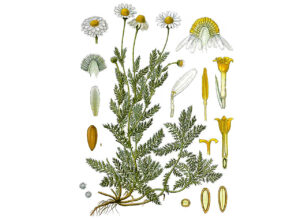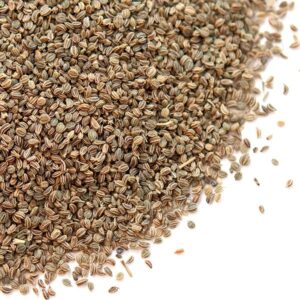Angelica: Nature’s Aromatic Healer
Angelica archangelica, commonly known as garden angelica, holy ghost, or Norwegian angelica, is a striking herb with a rich history in traditional medicine and culinary arts. This tall, aromatic perennial has captivated herbalists and gardeners alike for centuries with its impressive stature and versatile uses.
Introduction
Angelica is a member of the Apiaceae family, growing up to 6 feet tall with large, compound leaves and impressive umbels of greenish-white flowers. Native to northern Europe and Siberia, it thrives in moist locations and temperate climates. The plant’s name is steeped in legend, believed to have been revealed to mankind by an angel for its healing properties.
Uses and Benefits

Angelica’s versatility extends across various domains:
- Digestive Health: Traditionally used to alleviate heartburn, intestinal gas, and loss of appetite.
- Respiratory Support: Known for its warming properties that promote healthy airflow and clear the lungs.
- Circulatory Tonic: Supports healthy blood flow and may aid in regulating menstrual cycles.
- Immune System Boost: Induces gentle sweating, which can support immune resilience during times of stress.
- Nervous System: Used to address states of increased nervous tension and sleep problems.
- Culinary Delight: The leaves enhance salads, while crystallized stalks decorate cakes and puddings. Its seeds flavor liqueurs like Chartreuse and Bénédictine.
- Skin Care: Applied topically for nerve pain and joint discomfort.
- Ornamental Value: With its impressive height and structure, angelica adds drama to gardens, particularly in moist areas.
Traditional Perspectives
In folk medicine, angelica was revered for its ability to ward off evil spirits and protect against contagions. Practitioners of Ayurveda and Traditional Chinese Medicine have long valued its warming and cleansing properties.
Forms and Consumption
 Angelica can be used in various forms:
Angelica can be used in various forms:
- Fresh or dried leaves for teas and infusions
- Root extracts and tinctures
- Essential oils for aromatherapy
- Candied stalks for culinary use
- Seeds for flavoring
Precautions and Side Effects
 While angelica offers numerous benefits, it’s important to consider potential risks:
While angelica offers numerous benefits, it’s important to consider potential risks:
- Pregnancy Concerns: Pregnant women should avoid angelica as it may stimulate uterine contractions.
- Photosensitivity: The plant contains furocoumarins, which may increase skin sensitivity to sunlight.
- Drug Interactions: Angelica may interact with blood thinners and diabetes medications.
- Allergic Reactions: Some individuals may experience allergic responses, particularly those sensitive to plants in the Apiaceae family.
- Digestive Discomfort: In some cases, angelica may cause stomach upset or diarrhea when taken orally.
- Blood Sugar Effects: It may lower blood sugar levels, requiring caution for diabetics.
As with any herbal remedy, it’s crucial to consult with a healthcare professional before incorporating angelica into your wellness routine, especially if you have pre-existing conditions or are taking medications.
Cultivation Tips
For those interested in growing angelica:
- Plant in partial sun to full shade.
- Provide moist, well-drained soil.
- Space plants 24-48 inches apart.
- Expect blooming in early to mid-summer.
- Note that it is typically biennial, flowering in its second year before dying.
In conclusion, angelica stands as a testament to the enduring allure of medicinal plants. From its towering presence in gardens to its multifaceted uses in traditional medicine and culinary arts, this herb continues to captivate and heal. Whether you’re seeking natural remedies, culinary adventures, or simply a stunning addition to your garden, angelica offers a world of possibilities. As with all natural remedies, approach its use with respect for its potency and potential effects, and you may discover why it has been cherished for generations as nature’s aromatic healer.




